Castle of Agia Mavra (Santa Maura)
A seaside castle complex that stood through centuries of conquests.
On the Greek island of Lefkada, the ruins of a medieval castle overlook the Drepanos Channel. Originally built by a Sicilian count in 1300, the Castle of Agia Mavra (also known as Santa Maura) stood through hundreds of years of conquests, sieges, and natural disasters.
When the Fourth Crusade ended in 1204, it resulted in the dismantling of the Byzantine Empire. Lefkada became part of the Despotate of Epirus, a Greek successor state that encompassed most of western Greece. In 1294, the island was was passed to the Lombard Count of Orsini as a wedding gift. The count turned the island into a center of commerce, and wanted to build strong fortifications to defend against pirates and other invaders.
In 1300, the count began construction of a large castle that covered 25,000 square meters of land and was surrounded by a moat. The complex was completed in 1302. Inside its walls it had 200 stone houses, two baths, a seminary, and two schools, and the whole thing was equipped with 126 cannons. The castle was named in honor of Saint Maura—for a time, the entire island was known as Santa Maura.
The castle held strong until 1331 when it fell to the Kingdom of Sicily. In the late 14th century, Lefkada and other islands in the Ionian Sea were part of an autonomous region within the kingdom known as the County Palatine of Cephalonia and Zakynthos. In the mid-15th century, when Queen Helena of Cyprus traveled to Lefkada for the wedding of her daughter, she experienced horrible weather and upon her safe arrival funded the construction of a church inside the castle in honor of Saint Maura, whom she believed kept her safe throughout her journey.
Around the turn of the 16th century, the castle continued to trade hands. In 1479, it fell to the Ottomans, who greatly expanded its fortifications, then lost the island t0 the Venetians in 1500. In 1503, the Venetians traded Lefkada back to the Ottomans in exchange for the island of Cephalonia. The castle held strong until 1684 when it was captured again by the Venetians once again. It was around this time a carving of the Lion of Saint Mark was placed above the castle’s gate. In 1797, the castle fell to the Franks and a year later in 1798 it fell to the Russians, who made it part of the newly-established Septinsular Republic.
In 1807, Napoleon’s First French Empire held the castle briefly, before the British took control in 1810. In 1817, Lefkada became part of the United State of the Ionian Islands and remained so until 1864 when the Treaty of London officially ceded the islands to Greece.
The Castle of Agia Mavra was used as a base until 1888, when a fire destroyed most of the buildings inside. During World War I, the castle was used by the Allies to hold Turkish prisoners of war. From 1922 to 1932, it housed refugees from the great population exchange. In 1938, the Greek government demolished much of the site and sold the ruins to fund the Hellenic Army Pension fund. Most of what remained was destroyed during the Greco-Italian War in 1940-1941 and the site has generally remained in the same condition since.
Know Before You Go
The castle is open 8 a.m. to 3 p.m. every day except Tuesday. The main entrance is on the west side of the site and there is a 2 euro entry fee. The castle is an active archaeological site so at times some areas of the site may be restricted to the public. Archaeological staff should not be distracted from their important duties.
Dress codes vary from church to church in Greek Orthodoxy. If you wish to enter the church, modest clothing and proper behavior are expected. For men, shorts, tank tops/sleeveless shirts and sandals/flip flops are frowned upon. Women's shoulders should not be shown in the church, so anything strapless or with thin straps should be avoided. Skirts and dresses should at a minimum come below the knee. Some churches ask that no legs be shown. Feet should be on the ground when seated, as it's considered insulting for feet to face holy images.
The church commemorates St. Maura with a feast each year on May 3rd and September 25th.
Plan Your Trip
The Atlas Obscura Podcast is Back!




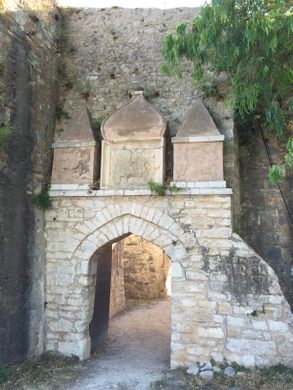


















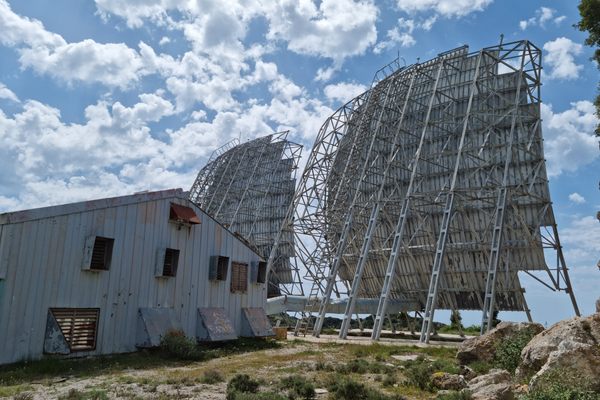



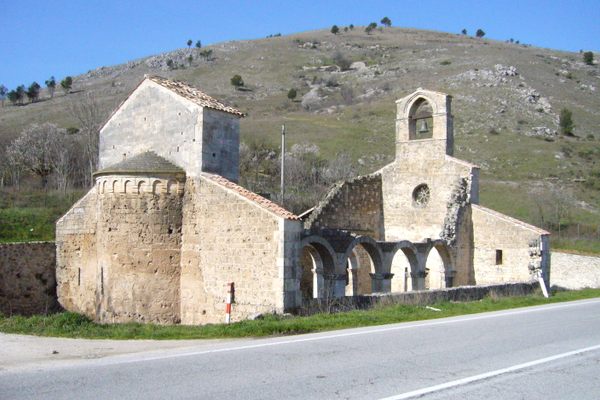
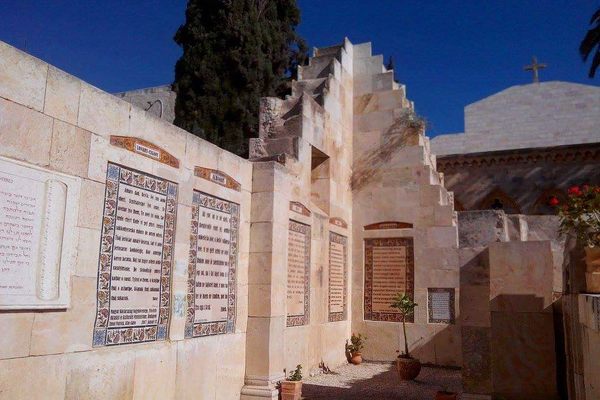
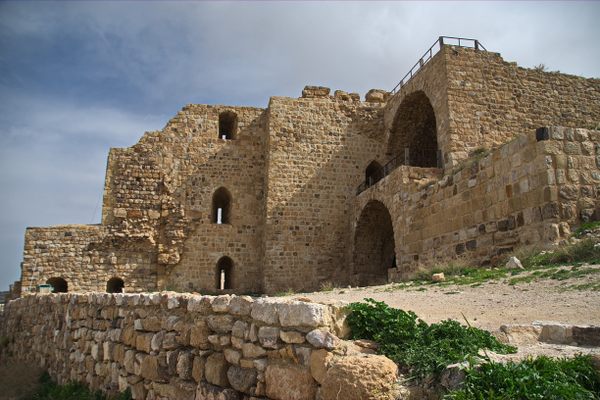

Follow us on Twitter to get the latest on the world's hidden wonders.
Like us on Facebook to get the latest on the world's hidden wonders.
Follow us on Twitter Like us on Facebook